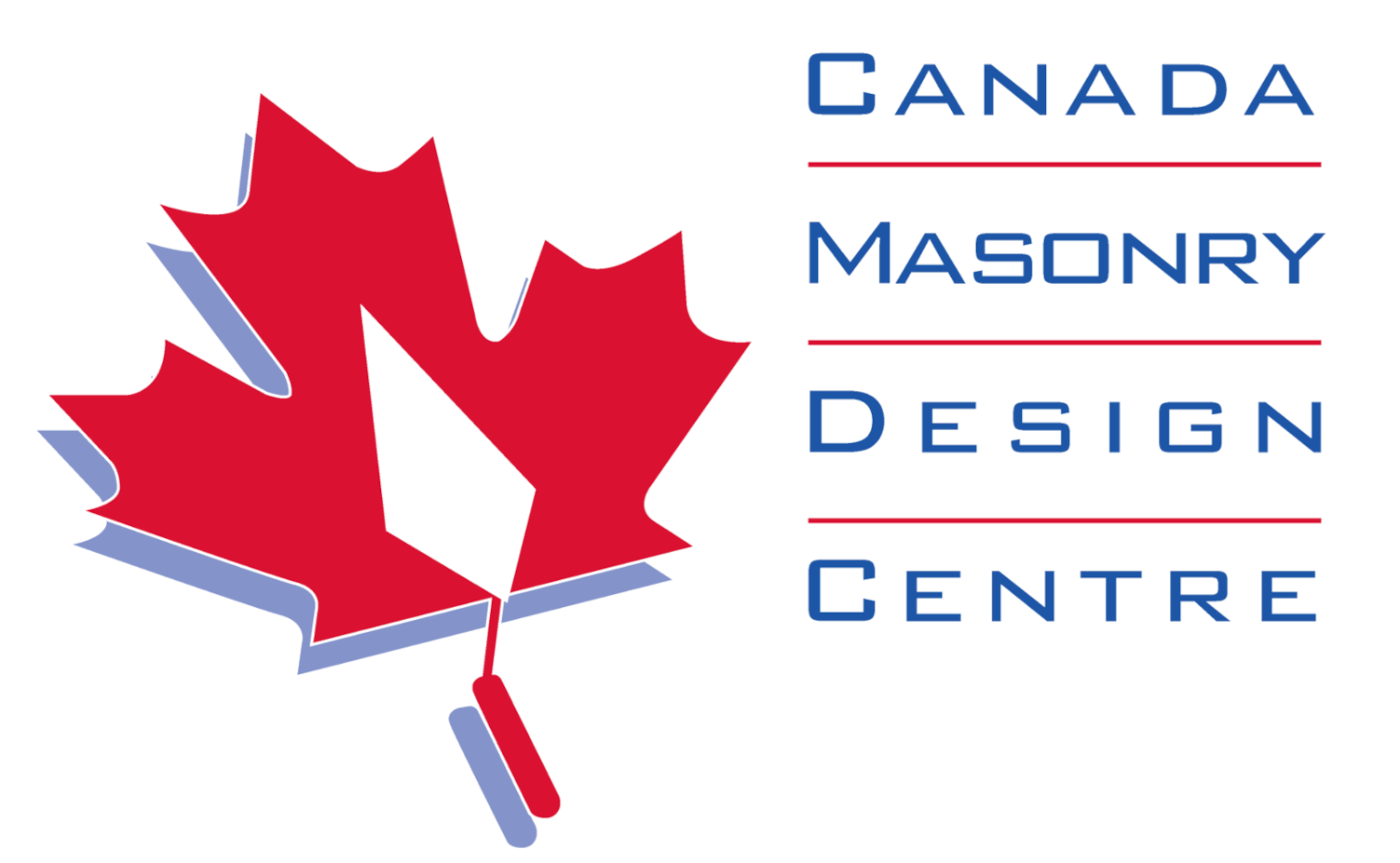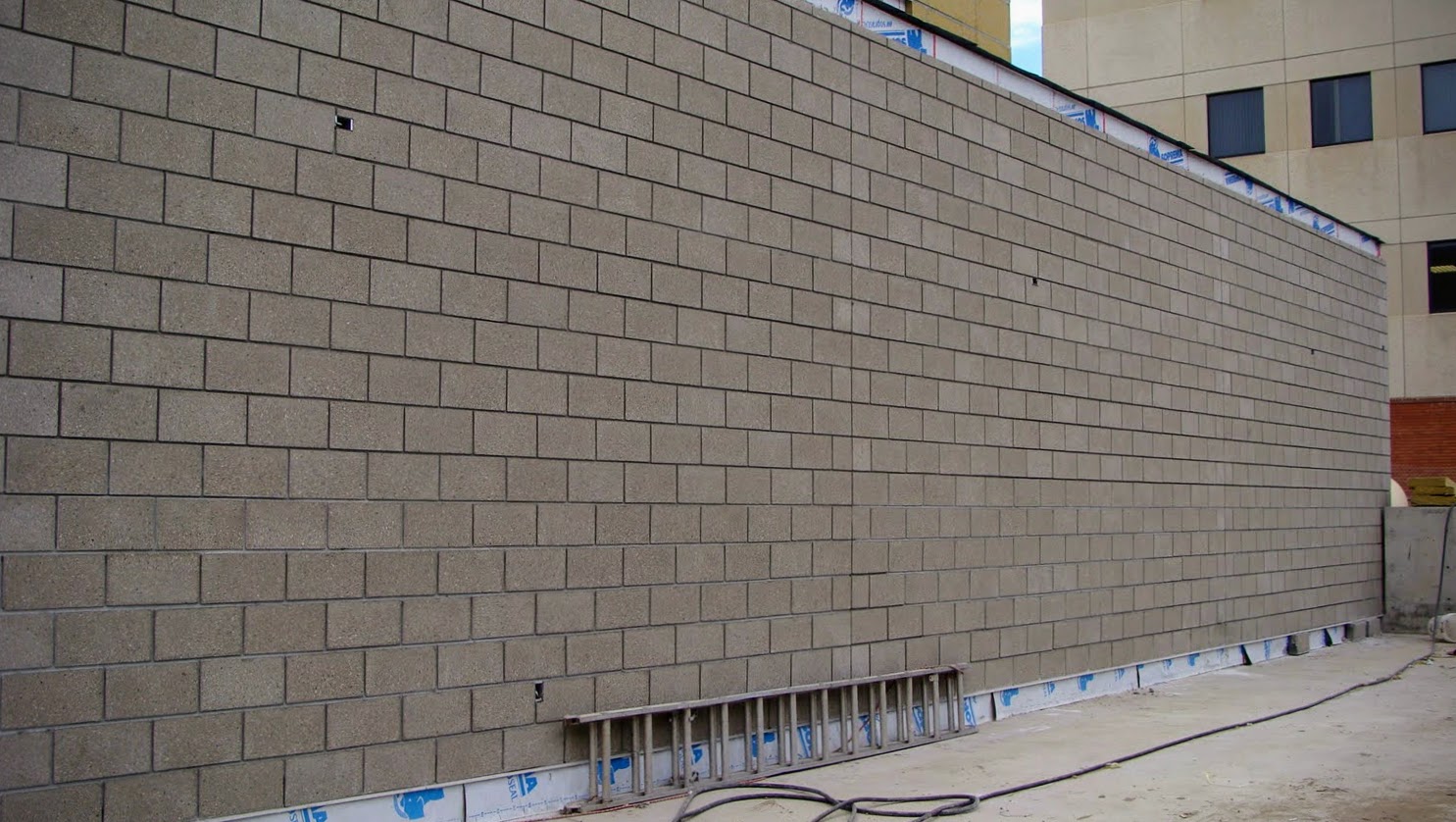Do I need to specify movement joints?
Movement joints are a critical component of masonry design. They are to be specified by the designer with their locations clearly shown on the contract documents in order avoid cracking by allowing for expansion, contraction, and other movement between sections of masonry.
The purpose of this article is to offer insight and recommendations on how these can be specified when required in a masonry project.
Part of our Masonry Specification Series
Offering recommendations accompanied with background explanatory material to explain how these recommendations were formed. Click here to see the full series.
Disclaimer
The information contained here is intended to serve as educational content for designers, specifiers, or contractors. It is not to be relied upon for formal technical advice, as masonry projects may have details and considerations that are unique to a particular project and may be beyond the scope of the content of this page.
Recommendations
As required by CSA A371, the detailing, spacing and location of movement joints must be indicated in the contract documents (in specifications, drawings, or related documents). There is industry documentation that may be used for guidance when specifying movement joints.
If specifying multiple vertical or horizontal reinforcement in a single cell of a concrete block wall, designers must verify that minimum spacing and position requirements of CSA A371-14 and CSA S304-14 are met. Cells containing reinforcement shall be filled with a grout meeting the proportion or property specifications of CSA A179-14.
Horizontal joint reinforcement should not cross a movement joint.
Discussion
Sometimes specifications provide information about movement joints that can be problematic. The language and details given in the specification below raise several important considerations.
Example of potentially problematic specification:
Sometimes specifications provide information about movement joints that can be problematic. Some specifications call for “control joints” at very large spacings, multiple vertical bars within a concrete block cell, and horizontal reinforcement crossing the “control joint” restricting the anticipated movement of the wall. The language and details given in the specification below raise several important considerations:
3.05 CONSTRUCTION
.9 Control joints (interior walls):
.1 Provide block wall control joint at a maximum spacing of 12.0 meters.
.2 Reinforce one cell on either side of joint with 2 – 15m vertical and fill with concrete.
.3 All horizontal reinforcing to run continuous through control joint.
The following discussion highlights the potential issues with applying prescriptive design advice into a spec that may conflict with other documents, or material within the referenced CSA Standards.
Terminology: “Control Joint” vs. “Movement Joint“
It is not uncommon to hear these terms used interchangeably throughout the masonry industry. The term “control joint”, which would indicate that the detailing of this joint is to release internal tensile stresses in the masonry wall caused by shrinkage, has been phased out of the CSA Masonry Standards in lieu of a more generic term “movement joint” as defined below:
Movement joint — a vertical or horizontal separation built into a masonry wall to reduce restraint and the corresponding stresses by accommodating movement of the wall or movement of other structural elements adjacent to the walls.
The term movement joint covers both, expansion and contraction of masonry, and accommodates for differential movement between the masonry and other parts of the structure.
Movement Joint is the modern term used in the CSA suite of standards as well as the National Building Code of Canada.
Location of Vertical Movement Joints
Movement joint locations are to be specified by the designer in the contract documents. A maximum spacing of 12.0 m, as shown in the example of problematic specification, does not provide enough details to the installer as to the exact locations where movement joints should be placed. In addition, a distance of 12.0 m between movement joints is a large distance by most industry standards. Typical industry recommendations are to provide vertical movement joints at spacings ranging from 6.0 m (20′) to 7.6 m (25′), however, this can vary due to the masonry units, the amount of reinforcing in the wall, and the expected service conditions.
Detailing horizontal reinforcement across movement joints
The purpose of a movement joint within a wall may serve one or more of structural, environmental, and serviceability requirements. Movement joint permit unrestrained movement between adjacent masonry wall sections, or between masonry walls and non-masonry elements. Horizontal reinforcement may be provided across such a joint in a manner that still facilitates this movement (e.g., the detailing of slip dowels whereby reinforcing bars are embedded in a sleeve and lubricated to permit lateral movements while providing dowel action). Movement joints may be crossed by horizontal reinforcement at certain locations where it is structurally necessary but will have minimal impact on serviceability, such as at the top of the wall to resist diaphragm cord tension forces. However, this is localized to specific locations typically at the top of bottoms of walls and not over the wall height.
Horizontal joint reinforcement should not cross a movement joint, unless specific detailing has been specified and approved at a set location by the structural engineer (e.g., to transfer out-of-plane loading with one end debonded within the wall). Horizontal joint reinforcement that is continuous through a movement joint, restricts horizontal movement of the masonry wall, allowing a significant concentration of stresses along the length of the wall and resulting in the formation of cracks.
Vertical reinforcement around movement joints
In the example of problematic specification, vertical reinforcement is specified as 2-15M bars in a single cell. In some unit sizes the use of two reinforcing bars in a single cell will lead to reinforcement congestion and grouting issues. A single vertical bar is recommended in 20 cm units and will provide adequate structural integrity. Two bars may be acceptable in 25 cm or 30 cm units as long as the spacing and position requirements of CSA A371-14 and CSA S304-14 are met. Depending on the required steel, designers could replace the 2-15M bars (As = 400 mm2) with a single 20M bar (As = 300 mm2) or a single 25M bar (As = 500 mm2).
Watch out for specs that refer to masonry grout simply as concrete
The example of problematic specification also mentions the use of “concrete” to fill the cells with vertical reinforcement. Concrete should never be used as a substitute for grout. Concrete will not meet the aggregate gradation requirements for a CSA A179-14 proportion specified masonry grout and is typically mixed to a lower slump and water content than that of masonry grouts. The use of concrete with plasticizers or water reducing agents could cause issues with flow and bond in the wall. Grout meeting the requirements of CSA A179-14 should be specified in masonry construction.
Return to Recommendations section. Return to the Specifications page.
Part of our Masonry Specification Series
Offering recommendations accompanied with background explanatory material to explain how these recommendations were formed. Click here to see the full series.

Have a question about anything here?
CMDC is made up of offices across Canada, connecting you with support through our team of technical staff.
Providing clarity and raising issues before they turn into real problems
As part of our overall effort to educate the design community and our contractor members, CMDC has compiled a collection of articles meant to address common areas of misunderstanding or confusion that have resulted in issues in past projects.


